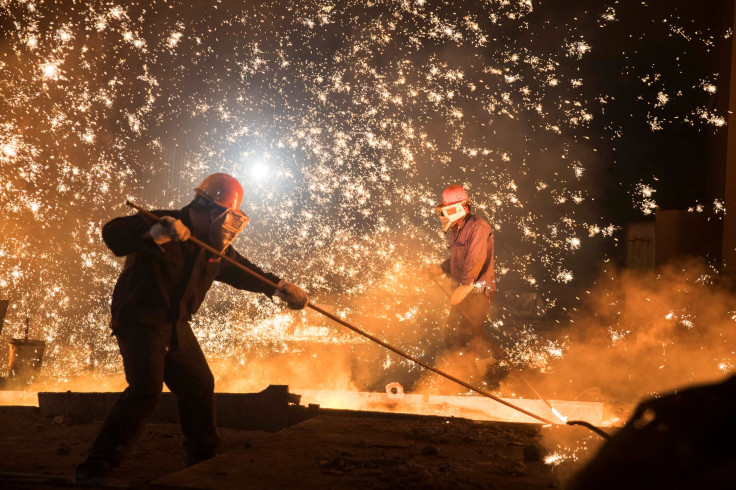China Steel, Coal Output To Reduce In Bid To Control Pollution

China had vowed to bring down the coal share of the total energy consumption to below 58 percent by 2020. To keep up with this promise, the East Asian country pledged to bring down the steel and coal production capacity in 2018.
During an annual meeting of the parliament on Monday, the National Development and Reform Commission said in a work report it will lower coal output by 150 million tons and steel capacity by around 30 million tons this year. If incorporated well, these cuts would let China meet its 2020 targets about two years ahead of its schedule.
Premier Li Keqiang said the government would continue its fight against pollution to defend the “blue of our skies.” Li added the country planned to reduce by 3 percent emissions of nitrogen oxide and sulphur dioxide, which are major sources of dangerous airborne particles called PM2.5, Reuters reported.
United States Environmental Protection Agency defines PM2.5 as fine inhalable particles that can get deep into the lungs and, sometimes, even the blood streams. They can also cause reduced visibility.
If the steel capacity is reduced by 30 million tons, then in the next three years the total cut down would be 145 million tons. This will help China decrease excess by up to 150 million tons by 2020.
And, if the coal output is cut by 150 million tons in 2018, then the total reduction since 2016 would be about 590 million tons, which is also well ahead of China’s five-year plan to lower the coal capacity by 2020.
According to the report, the government plans to shut coal-fired power plants that have not met their emission standards, and have capacity of less than 30,000 kilowatts. It added that operations with lower emissions and better efficiency would be brought on to ensure supply doesn’t dwindle.
China is the world’s largest steel maker and coal miner. In 2017, the country produced a record 832 million tons of steel and 3.45 billion tons of coal, which is a 3.2 percent increase from the year before.
This comes at a time when U.S. President Donald Trump announced a 25 percent tariff on imported steel and 10 percent tariff on aluminum. During a White House meeting, Trump said “disgraceful” trade policies have impacted these industries.
“It’s disgraceful. And when it comes to a time when our country can’t make aluminum and steel — and somebody said it before, and I will tell you, you almost don’t have much of a country. Because without steel and aluminum, your country is not the same. And we need it,” the president said.
But, reports suggest Chinese steel might not be affected, as even though U.S. is the world’s largest steel importer, for the East Asian country’s steel industries, it is just the 11th source for the latter.
Editor of China Steel Service, which is part of a consulting firm named CRU, Linda Lin said, "A number of Chinese steel mills, transporters, and traders have actually given up on the U.S. market as an export destination. … We think this is a negative for the world steel industry as a whole, but as for China, we don't think it can be any worse."
© Copyright IBTimes 2024. All rights reserved.




















